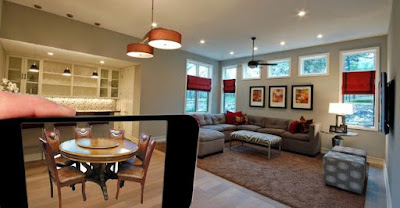Categories of Augmented Reality

The implementation of augmented reality varies on the basis of its purpose and application. Depending on the application, the use devices such as sensors and cameras as well as concepts such as projection, reflection and processing are associated. These devices and concepts make the key components of any augmented reality application. Let us look at the different categories of augmented reality development . Sensor Based Augmented Reality The sensor based augmented reality uses the camera to scan or read visual markers such as QR codes and 2D codes. The sensors recognize the pattern of the markers to read the information stored in them. Camera Based Augmented Reality Applications that use augmented reality for navigation use the camera as well the GPS system of the device. Using such a technology, the user can drive or walk with the help of the mapped directions given by the app to explore a place. Projection Based Augmented Reality Projection and reflection b...
